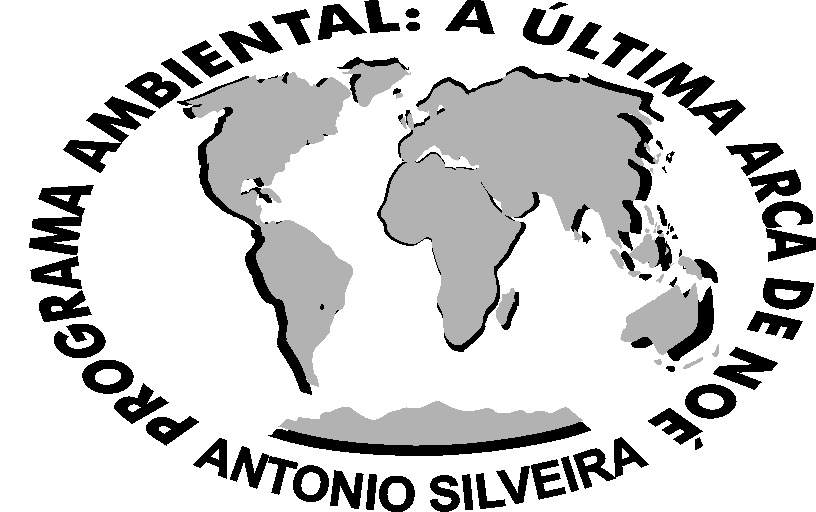

SPRINGS
What is a spring?
We can define spring as the “place where is the unloading and natural concentration of sweet
water originated from subterranean sheets and superficial waters, having its maintenance from da existence of a special system of
vegetation protection”.
At these places, normally, there are the formations of important ecosystems as the meadows, flowing and swamps, having a
vegetation adapted to the flowing conditions, where usually live a lot of animals species. By its own the water’s exceeding of the
springs form brooks, streams and rivers, creating this way an hydrical net having water’s ways of different sizes. So, the springs
regions are from vital importance in the formation of hydrical chains, in a way that they must be administrative and legally protected.The springs questions in São Paulo city
As the industries and population are growing, allied to the lack of sanitary infra-structure, a lot of springs are suffering a big stress
and some other are being highly degraded, being in extinction, mainly near big cities and metropolis, as in the Metropolitan Area of
São Paulo, where live about 18 million people.
Its supplying dams are suffering a big degradation because of the big urban growing process on its round, being the soil irregular
occupied.
Nowadays, the springs question has acquired a bigger complexity not for the inclusion o new technical components, but for the
introduction of the varieties “man” and “participation”. The beginning of the opening of the institutions to democratic participation- by
population’s pressure and conquests- and the polemic and not observation of the existent structures suggests the rethinking of the
city and its administration.
A lot of things can be done for trying to solute the problem, as the ones that are shown above:
- increasing of urban development politics, adapted to the preservation of hydrical resources;
- add to the cities directors plans specific protected springs areas;
- conscious through environmental education;
- incentive the public participation on the hydrical resources defense;
- desencouragement of people building habitations in areas near the springs by the supervising;
- controlling the means of pollution;
- expansion of the sanitary net at the region;
- development of an environmental administration;
- incentive of preservationists investments.
All Rights Reserved